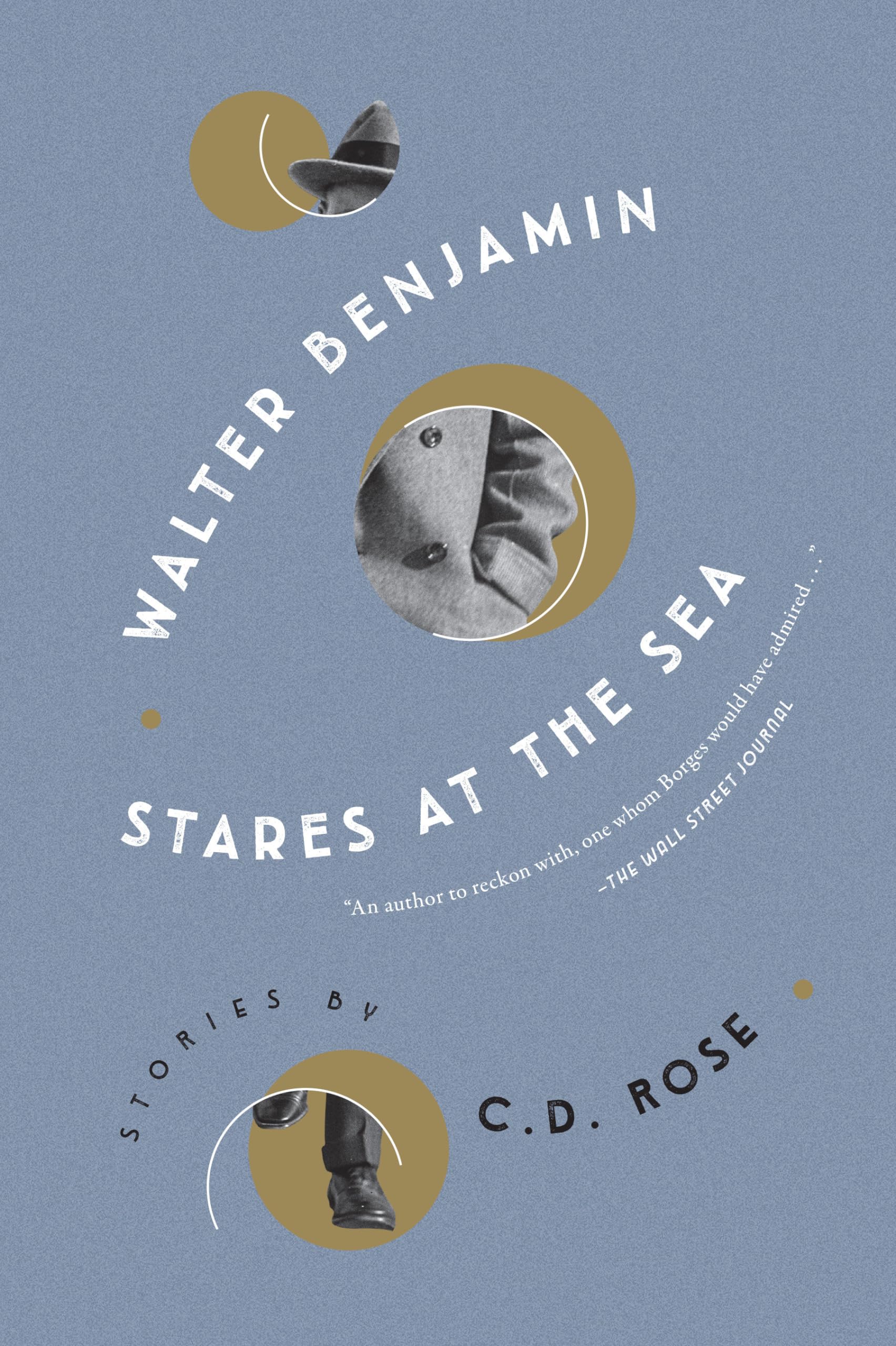Reflections on presence and absence form the emotional core of this moving collection

C.D. Rose | Walter Benjamin Stares at the Sea | Melville House Publishing: £17.99
Reviewed by Livi Michael
At the end of the fourth story in this collection, the main character reflects on ‘echoes and repetitions and endless form most beautiful’, which is an apt description of some of the key themes and stylistic approaches of this book. The title of this story is ‘Everything is Subject to Motion, and Everything is Motion’s Subject’, but in fact, most of the stories elaborate on transience, evanescence and flow in stylistically varied ways. In ‘Ognosia’, for instance, the narrative moves seamlessly from the consciousness of one character to another. The connections are tenuous, the contacts glancing, tangential, so that the flow is foregrounded over character or plot. By contrast, in ‘Violins and Pianos are Horses’, the narrative focuses on a single character, a composer, who towards the end of his life, returns to a town in which he lived as a child. He hardly recognises it now, and is distracted by the sight of a suffering horse, which is being beaten by its owner. In a café recorded music is played at a volume that makes him feel ill. Gradually he realises that it is an old Romanian song ‘with an unceasing electronic thud behind it.’ A number of people start to play and sing, becoming lost in the music: ‘they were playing so they could fly, so they could leave this place, so they could bring dead horses back to life.’ In this story, the transmutations of past to present, familiar to strange, horse to horsehair, bone, and musical instrument are carried by an astonishing control of rhythm, syntax and imagery.
At the start of the title story, we do indeed see Walter Benjamin staring at the sea, or the Pacific Ocean, in Los Angeles. He ‘sometimes wonders what he is doing here, and at other times if he is here at all’. He considers reporting himself missing. Then he thinks that if he does, the desk sergeant will register him as Benjamin Walter, that he will reinvent himself as Ben Walter, private detective or hack writer, smoke lots of grass and wear a hat. The narrative moves like jazz, to which there is also a reference, or like a film. The tropes of photography and film recur in these stories as ways of capturing the ‘flow, turbulence, and dynamics’ of time and life itself, ‘the transit of a bird’s wing… the movement of a fish’s supple spine’. Also, they form part of the shadow-play of presence and absence that runs throughout the collection. In ‘The Disappearer’ we read ‘film is an art of disappearance.’ And in the title story we learn that Walter Benjamin has spent ‘55 years on this earth’. Benjamin committed suicide at 48, so here the notional opposition of presence/absence is subtly subverted.
It would not be doing justice to the stories to discuss the scope of their themes, or their stylistic range, without mentioning the elegance, wit, and assurance with which they are accomplished. And the sense that when you read them, you are entering a world in which none of the parameters are quite what they seem, and the allusive quality of the prose takes you in unexpected directions. But in the indeterminacy and surreality there is a restraint that allows the quest for meaning and the presentation of mystery to co-exist in a supremely graceful harmony.
Reviewed by Livi Michael
